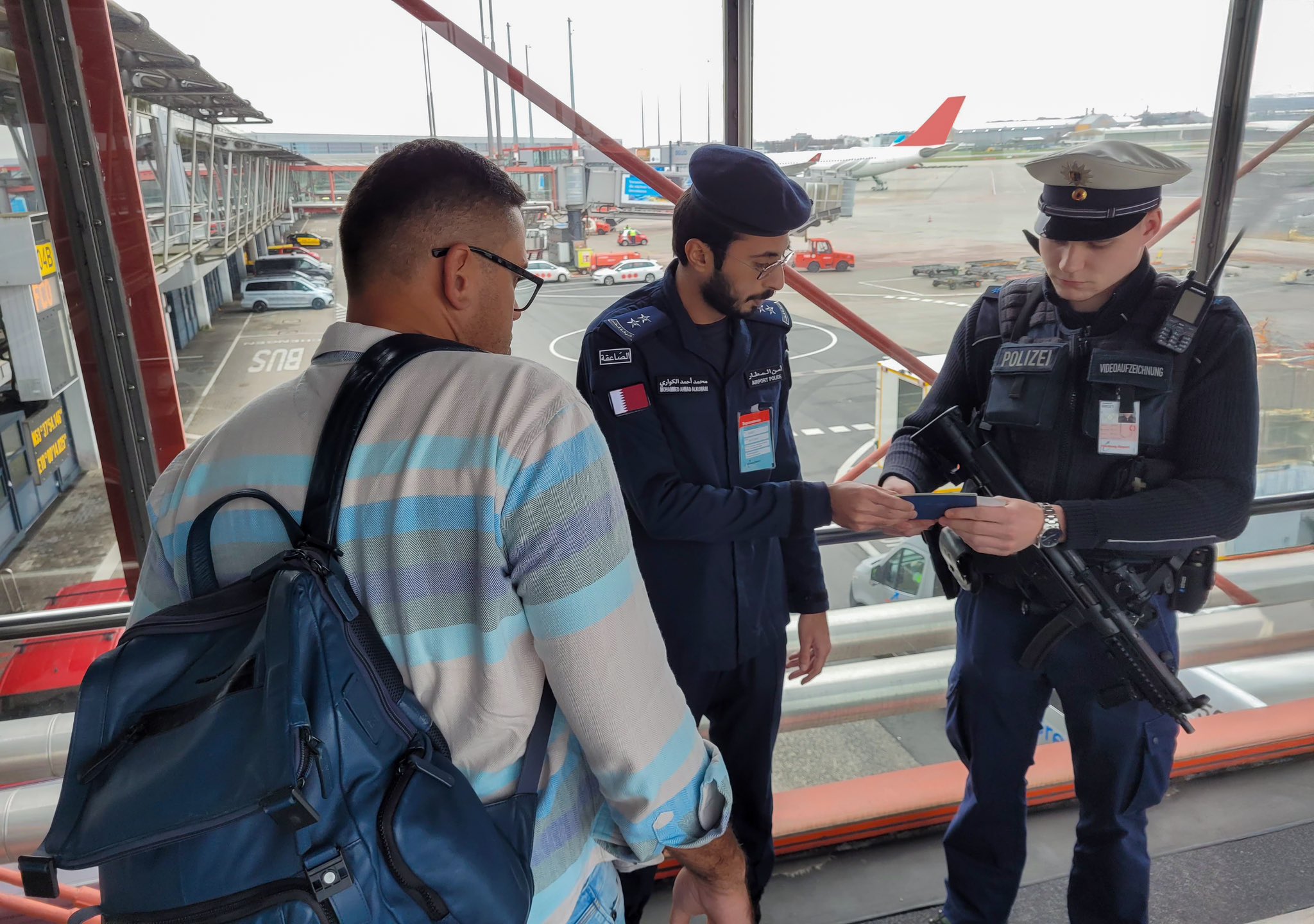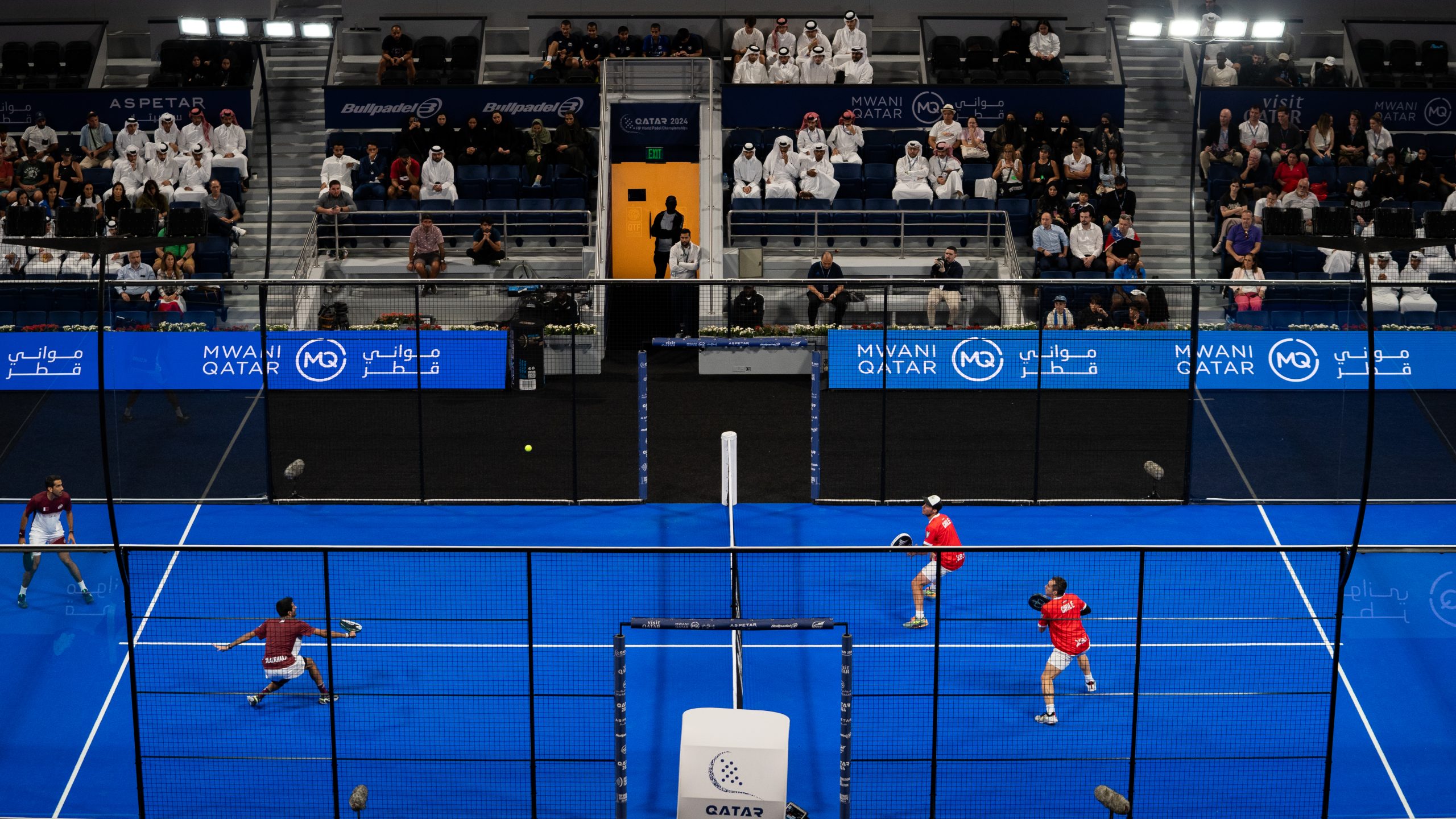Assassination, imprisonment and constant threats: journalists in the region continue to strive in hostile environments.
The Middle East and North Africa region has not been free of war conflict or political stability for decades, fighting against foreign interference and authoritarian regimes.
News of corruption, instability and uprisings have made front pages almost every day, but behind the scenes, such ‘usual’ coverage of the region can cost a journalist their life, as it has for many.
The threat to press freedom in the region has been a prominent topic for most rights organisations over the last few decades and particularly since the Arab Spring in 2011. Yet, despite the continuous pressure and campaigns for press safety, regimes continue to tighten their grip on media outlets and journalists, cracking down any who challenges or threaten their power.
Such a threat poses a crucial question: is it safe being a journalist in the region?
The short answer is no, and here’s why.
Worrying statistics
Yearly reports from rights and advocacy groups show that journalists in the Middle East work in the most hostile media environment in the world.
According to the World Press Freedom Index 2022 edition, which evaluates the state of journalism in 180 nations and territories, more than half of Middle Eastern and North African countries face “very serious” challenges to press freedom.
Meanwhile, the media situation in the remaining countries is classified as either “difficult” or “problematic.”
The report, which was released in May, used five indicators to obtain the ranking, including political context, legal framework, economic context, sociocultural context and safety.
“With massaged statistics and media outlets limited to publishing official releases, the Middle East’s most authoritarian countries have used the pandemic to continue or even reinforce their existing methods for gagging the press,” RSF stated in its report.
The survey placed Iran, Iraq, and Syria among the worst 10 of 180 nations for press freedom worldwide. Meanwhile, the lowest 20 include Yemen, Egypt, Bahrain, Saudi Arabia and Oman.
Palestine, now ranked 170, has dropped dramatically from its position of 133 the year before. Similarly, Oman and Afghanistan have both experienced a dramatic decline.
Meanwhile, in the GCC, United Arab Emirates ranked 138 out of 180, 7 points lower than their placement last year. When the Gulf crisis erupted in 2017, the UAE barred residents from publicly expressing sympathy for Qatar, threatening them with a 15-year prison sentence and a fine of at least $136,000.
Kuwait’s ranking also decreased a 53 points, going from 105 in 2021 to 158.
Qatar on the other hand, has gone up nine places in this year’s global press freedom index. The jump to 119 out of 180 demonstrates that restrictions on press are gradually lifting in the Gulf state, but there is still room for improvement.
The country’s renowned network, Al Jazeera, has changed the region’s media landscape and has been dubbed a beacon of free press in the Middle East. However, the company still does comes under scrutiny and criticism for underreporting on certain issues in its host country.
Similarly, Saudi Arabia, where the number of imprisoned reporters and bloggers has tripled since 2017, scored 166— a relative improvement from last year’s 170.
Jailing of journalists
The watchdog claimed that MENA states are increasingly weaponising the ‘legal system’ to silence journalists.
According to the latest statistics, Iran now has the third-highest number of journalist prisoners in the world, after China and Myanmar. In the past 20 years, the country has imprisoned a record number of journalists, and the numbers continue to increase as its political instability increases.
Meanwhile, Saudi Arabia’s ‘higher’ record in the press freedom index came short of reflecting the country’s human right violations. As of March 2022, 31 bloggers or journalists were incarcerated in Saudi Arabia, rendering the oil-rich nation as the fifth largest jailer of journalists worldwide.
Egypt has frequently appeared among the top jailers of journalists in previous years, but has fell out of the top five this year after freeing 21 journalists and arresting others, according to RSF, who estimated that only 27 journalists remain behind bars this year.
Egypt’s political detainees are often subjected to torture and detained in appalling circumstances with scant access to air, sun and family contact. Ongoing campaigns to release political prisoners regularly inform on their situation, with the latest campaign focusing on Alaa Abdelfattah, an Egyptian and British citizen who is on a hunger strike. Advocates and human rights organisations are rallying the British government and other states to see to Alaa’s situation ahead of the COP27, which will be hosted by Egypt.
Meanwhile, one of the core reasons behind Qatar’s ranking is the arrest of Malcolm Bidali, a campaigner for migrant rights in Qatar, who was taken from his house in May 2021 and detained by Qatari officials in an unidentified location.
Bidali wrote for Migrantrights.org (MR) under the pen name Noah to bring attention to the limits and reality experienced by migrant workers in Qatar. He was then prosecuted by the country for allegedly using ‘foreign funds to propagate disinformation’, an allegation he denies.
A coalition of human rights organisations released a statement condemning the Gulf country in June 2021 for holding Bidali in solitary confinement for three weeks. The activist was allowed to leave the country in August last year after paying a hefty fine.
Many of the journalists currently imprisoned in Middle Eastern countries include those who criticise the governments in place, even if in a subdued manner. Most of the sentences are recorded under claims of ‘spreading fake news or ‘interfering in national affairs, with some being labeled as ‘inciting terrorism’.
Silence or death
Yemen is tied with India for the third-most fatal country in the world for journalists, with 18 journalists killed in the past five years.
In 2021, a targeted vehicle bombing in Aden, Yemen’s interim capital, claimed the life of Rasha Abdallah Alharazy, a Yemeni TV reporter. Four female journalists also died in 2021.
Lokman Slim, a journalist and political activist, was assassinated in Lebanon in 2021 in what is thought to have been a targeted attack.
Meanwhile, Syria remains among the top three fatal countries for journalists during the past five years, despite dropping in the list of the most dangerous for journalists in 2021. Since 2011, at least 153 journalists have been killed in Syria by the Assad regime, their allies Russia and Iran – as well as ISIS, HTS and a number of local militant groups.
Earlier this year, Al Jazeera released the names of 12 of its journalists who were killed on the frontlines since 1996, 7 of which were killed in Syria.
Just this year, an Israeli bullet claimed the life of a prominent Palestinian Al Jazeera journalist Shireen Abu Akleh while she was covering an Israeli military operation in Jenin in May. She died while wearing her press vest, unarmed, with only a microphone in her hand.
A joint investigation by a research group and Palestinian rights group has uncovered evidence that refutes Israel’s account that the killing of veteran Al Jazeera journalist Shireen Abu Akleh was a mistake, saying that Abu Akleh’s killing was deliberate.







